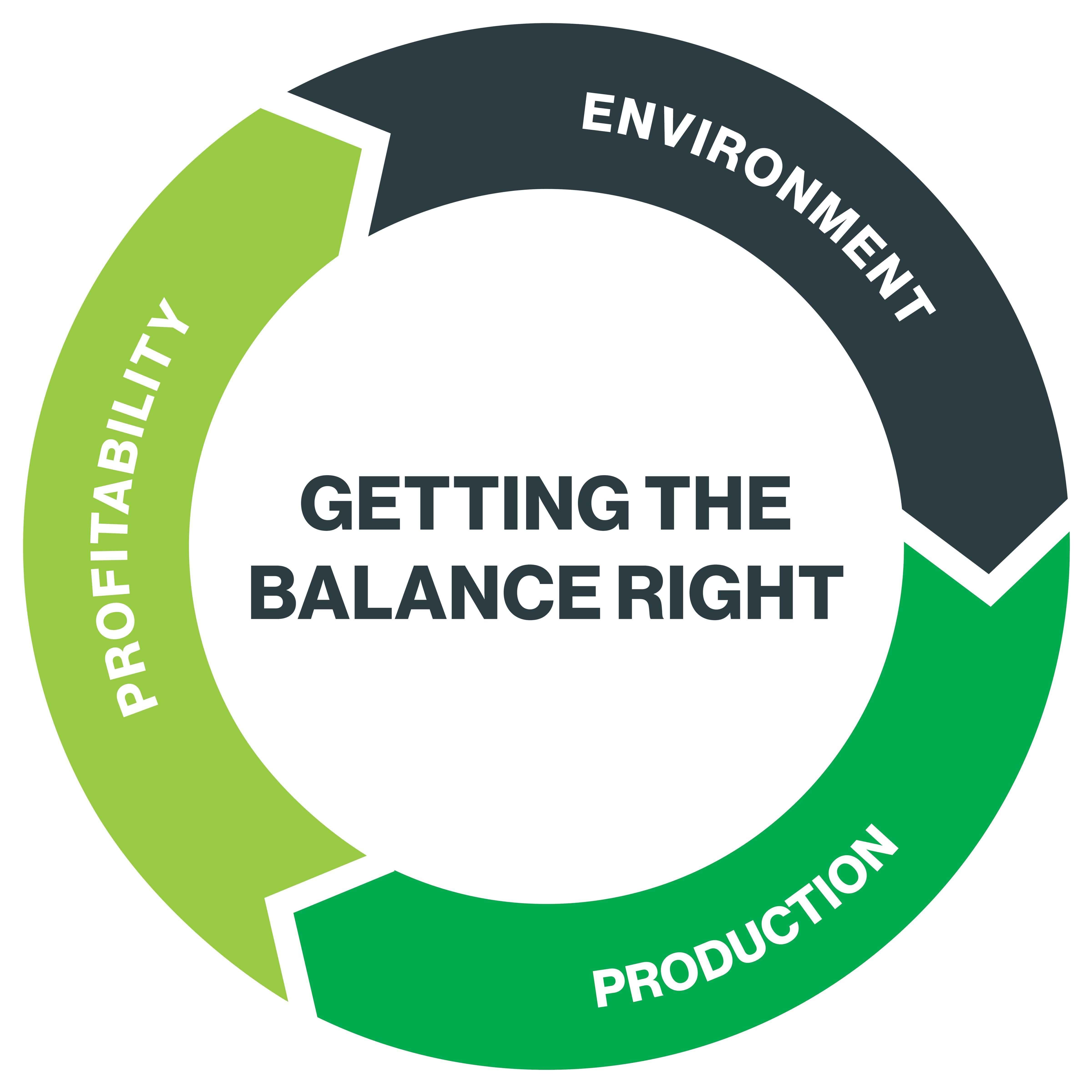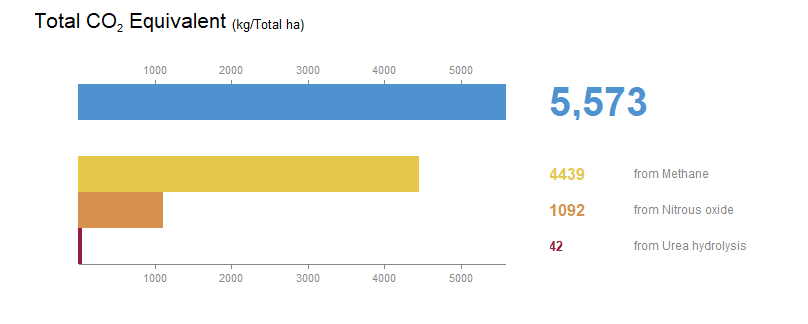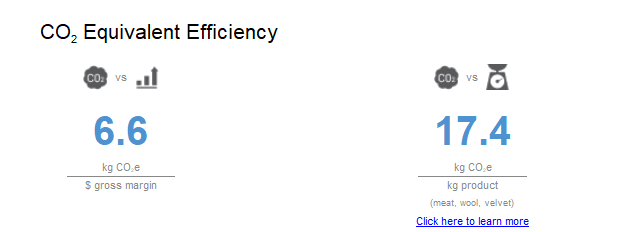What is my greenhouse
gas emissions number?
Understanding your farm’s greenhouse gas emissions is a big step toward creating a farm system with the right balance of environmental stewardship, production and profitability.
While New Zealand farmers are aware that their farm system produces greenhouse gases, based on a recent survey only 2% know what their farm emissions are. That number will need to change, as an industry we have set a target that by 2022, all farmers will know their farm emissions numbers.
There are various tools for working out total emissions for your farm, but until now none of them can help you understand what those emissions mean in the wider context of your farm system, including production and profitability. Farmax has worked with AgResearch, New Zealand’s leading pastoral research institution, to develop greenhouse gas estimates based on the standard New Zealand Inventory Methodology.
FARMAX helps you to understand your methane and nitrous oxide emissions for your farm. It will show you how changes to your farm system affect the outputs of greenhouse gases and how greenhouse gas mitigations affect your production and profitability. For example, “if I reduce my stocking rate how much will my greenhouse gas output decrease and what will be the affect on profitability?”

Understanding methane
Feed intake is the main driver of how much methane a ruminant animal emits.
FARMAX’s science backed pasture and intake forecasting can give you an accurate picture of methane produced from your livestock. Why? We know that in real life, pasture quality varies throughout the year, and pasture quality influences the dry matter intake needed to meet livestock requirements. The FARMAX Engine adjusts the energy content of the pasture throughout the season to reflect this reality. Furthermore, FARMAX calculates dry matter intake based on live weight targets set by you, rather than assuming generic requirements for each stock class.
As a result, FARMAX allows you to see the differences in greenhouse gas emissions for similar stock classes that are managed in different ways. For example, you can compare emissions values for maternal breeding ewes vs. old ewes mated to a terminal sire.

Emissions efficiencies
With FARMAX 8 you can forecast the greenhouse gas emissions of each enterprise and mob to evaluate which stock policies are the highest contributors on your farm.
Only FARMAX lets you see these emissions in the context of your wider farm business, including production and financial considerations. FARMAX 8 lets you see which stock classes or enterprises are the most greenhouse gas efficient down to mob level.
System optimisation
In New Zealand sector groups are currently working with government to develop an appropriate pricing mechanism for on farm emissions. It is currently proposed that the point of obligation will be at the farm level, meaning all farm business will need to pay directly for a proportion of their farm emissions. Forward thinking farmers are already thinking about the impact that may have in their farm business. You can use FARMAX to optimise your business in according with a potential pricing scheme.

